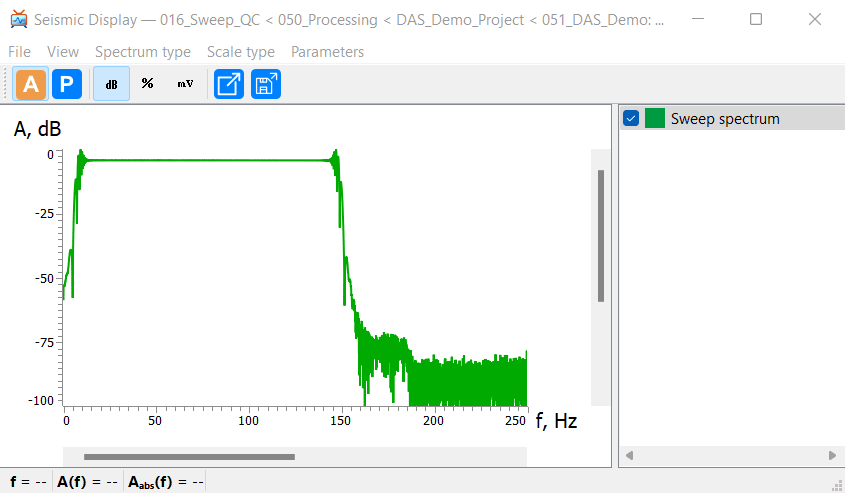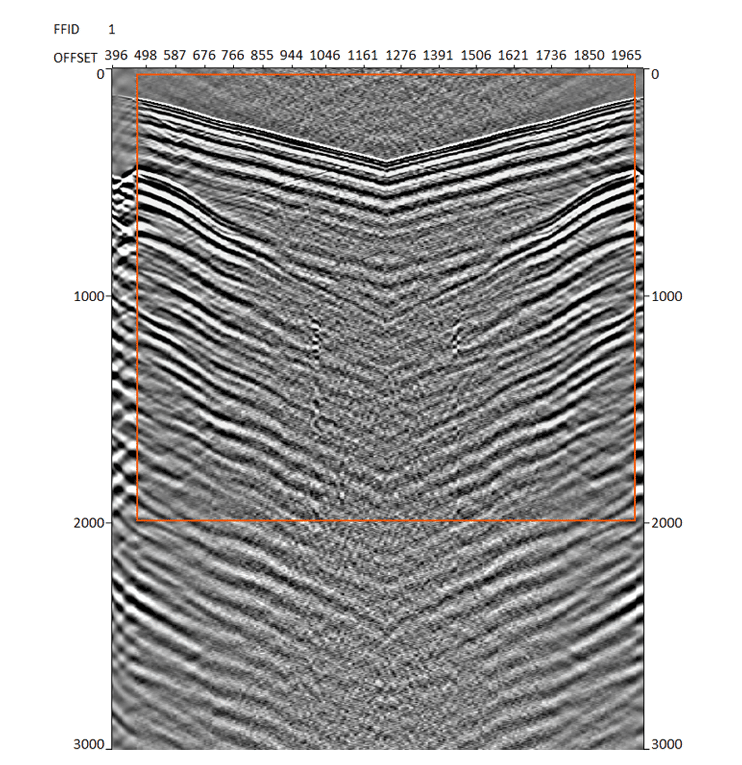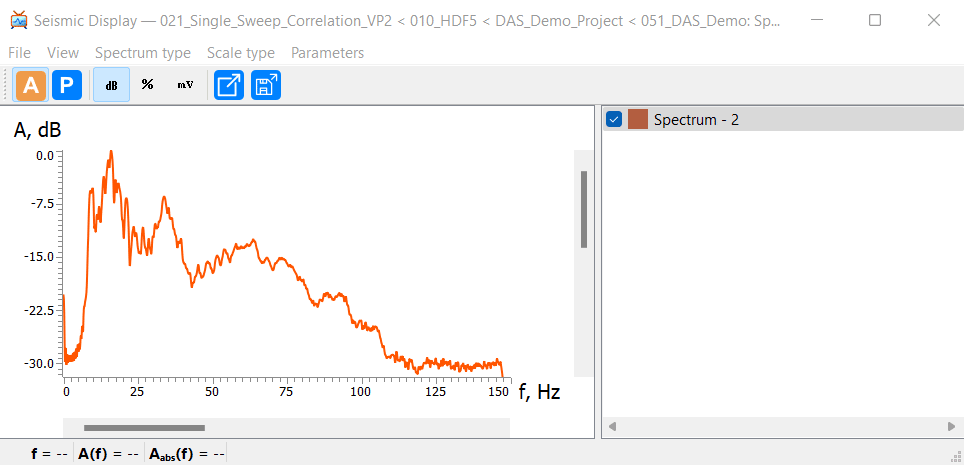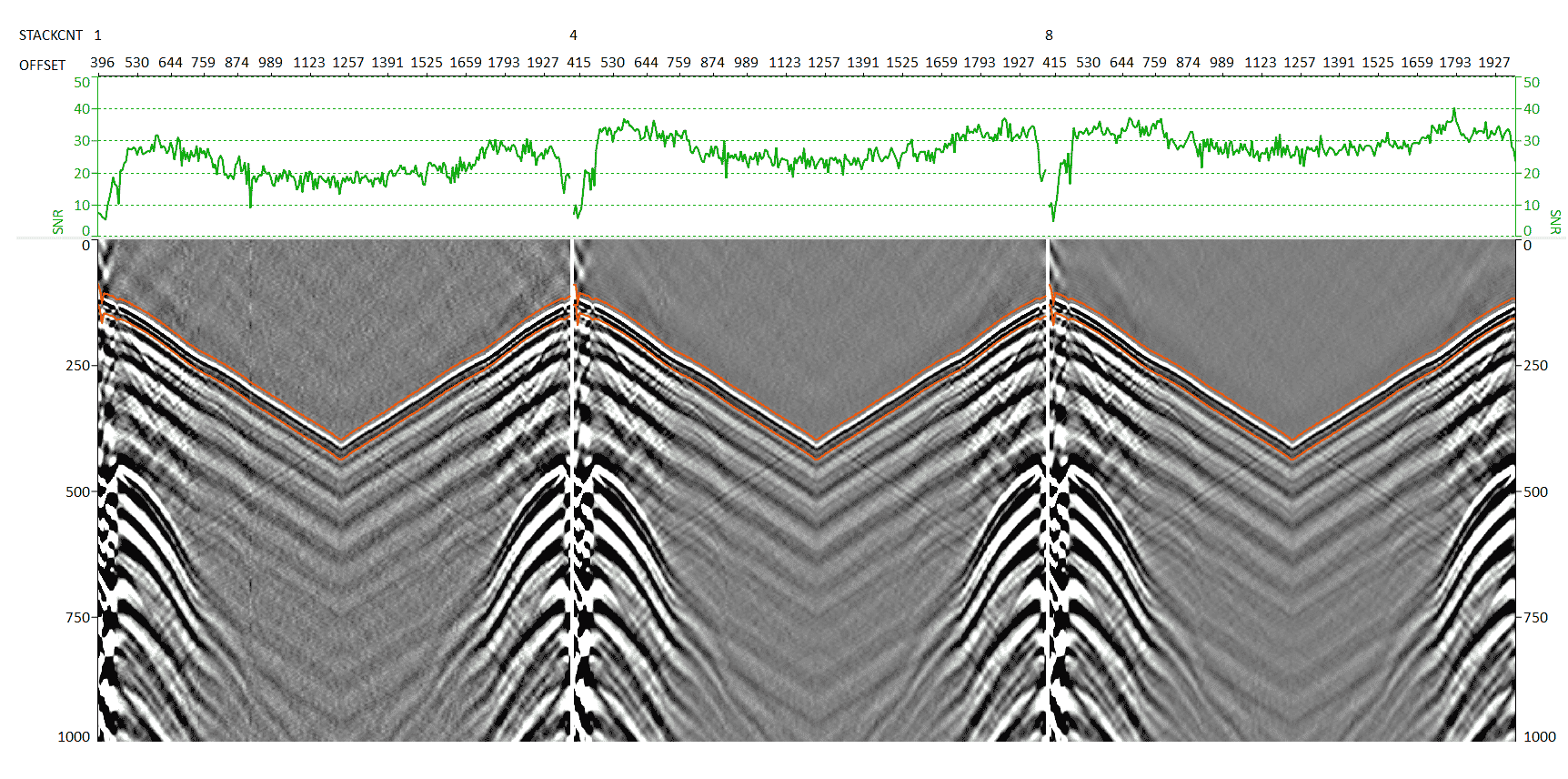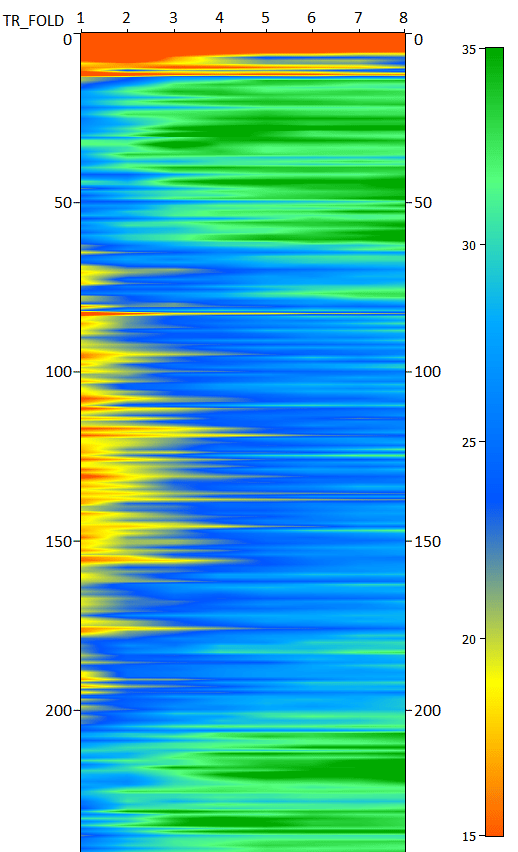DAS VSP — Acquisition QC and Data Processing
Novel Distributed Acoustic Sensing (DAS) fiber-optic technology is widely used to acquire VSP data for various applications, such as conventional VSP imaging, permanent reservoir monitoring and time-lapse imaging.
RadExPro provides extended DAS VSP real-time QC and processing support with the following capabilities:
Initial in-field source QC and analysis:
- Sweep visualization, spectrum analysis
DAS VSP data in-field QC and analysis:
- Read DAS VSP data in the following formats:
– Silixa
– Fotech HDF5
– Terra15 HDF5
– Sintela (PRODML) HDF5
- Headers QC (time, GPS, depth, etc.)
- Export DAS VSP data to SEG-Y format
- Sweep correlation
- Estimation of required number of shot points to achieve certain SNR level of DAS VSP data:
- Time shifts identification
- Vibrator point shots identity
- Attributes estimation
- And other
Real-time data QC and analysis:
All DAS VSP functionality available in RadExPro can be used in real-time mode to analyze and process the data as soon as they are acquired.
DAS VSP Real-Time SNR map. Top axis — number of stacked VPs. Vertical axis — trace number. SNR level in dB is shown in color. One can notice the increase of SNR level with increasing number of stacked VPs.
Conventional DAS VSP processing
DAS VSP processing in RadExPro includes the following:
- Sweep correlation
- Noise attenuation, amplitude correction
- Conversion to strain rate
- Vertical stacking
- Automatic first break picking
- Wavelet estimation and deconvolution
- Wavefield separation
- VSP velocity modelling
- Kirchhoff migration
- Corridor stacking
Continuous seismic monitoring of CO2 storage
RadExPro can be used for automated data processing as an integral
part of DAS-based continuous seismic CO2 geosequestration
monitoring systems.

